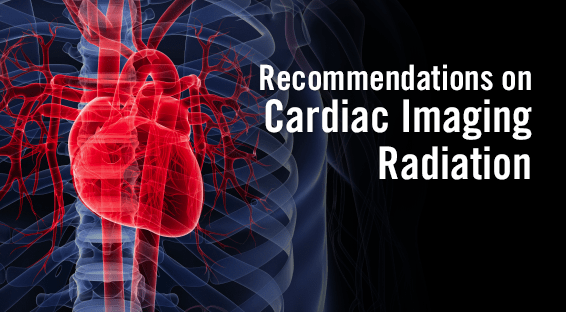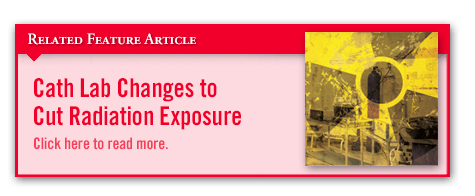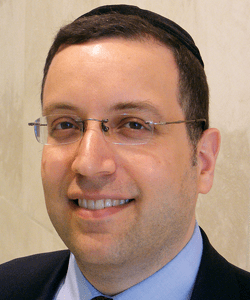The development of cardiac imaging technologies has revolutionized cardiovascular medicine by allowing for routine, non-invasive assessments of myocardial perfusion and anatomy. “Despite these advances, little evidence exists regarding the impact of radiation exposure on cardiac patients,” says Andrew J. Einstein, MD, PhD. In November 2012, a symposium sponsored by the NIH/National Heart, Lung, and Blood Institute and the National Cancer Institute was conducted to address these knowledge gaps. Dr. Einstein and other symposium participants identified key components of a framework to target critical radiation safety issues for patients, laboratories, and patients with known or suspected cardiovascular disease.
Key Recommendations
Several important recommendations resulted from the symposium and were published in the Journal of the American College of Cardiology. The overriding theme is to use shared decision making between providers and patients when disclosing the use of ionizing radiation. According to the recommendations, use of ionizing radiation during an imaging procedure should be disclosed to all patients by the ordering provider at the time of ordering and reinforced by the performing provider team. The recommendations also provide measures to ensure the safety and effectiveness of these imaging procedures.
“A cardiac imaging procedure with an effective radiation dose of 3 mSv or less is associated with a low risk of adverse events from radiation exposure,” says Dr. Einstein. “This doesn’t require a detailed discussion from ordering physicians or written consent from patients. However, if the effective radiation dose exceeds 20 mSv, ordering physicians should have a discussion with patients about their specific radiation exposure risks and any projected cancer risks or get written informed consent from patients.”
Justification for using cardiac imaging technologies is a shared responsibility between referring physicians and those performing these tests, Dr. Einstein says. “These discussions should first take place at the point of ordering.” Physicians should use simple and clear language to enhance communication with patients about potential radiation risks. If concerns are raised, these issues should be addressed with understandable information that helps them share in decisions to undergo cardiac imaging tests.
Laboratory reporting of radiation dosimetry is a critical component to fostering a patient-centered environment, according to the recommendations. Dr. Einstein’s study notes that efforts should be made to avoid testing that involves radiation in patients with inappropriate indications. Standardized reporting and diagnostic reference levels for CT and nuclear cardiology are an important goal.
Looking Ahead
The recommendations note that it is incumbent upon the imaging community to create an accountability framework to safely drive appropriate imaging utilization. Dr. Einstein looks forward to future research that addresses why laboratories have varying levels of radiation doses and anticipates better epidemiologic data. More research is also needed to gain a better understanding of patient preferences when communicating risks associated with cardiac imaging technologies.




 JonN
JonN